Home>Storage & Organization>Closet & Wardrobe Organization>How To Organize Closet Without Shelves
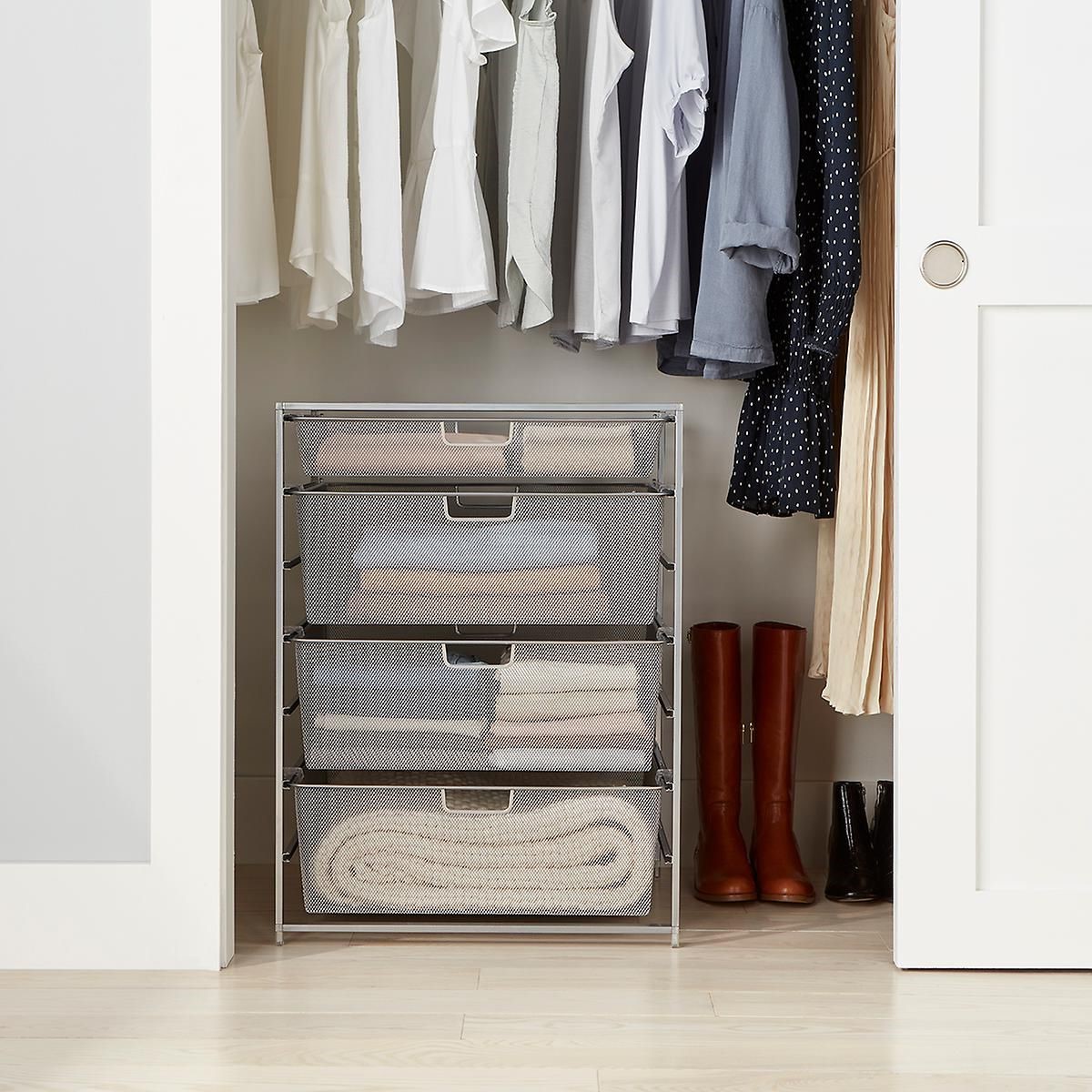

Closet & Wardrobe Organization
How To Organize Closet Without Shelves
Modified: October 20, 2024
Learn how to organize a closet without shelves and maximize space with our expert tips for effective closet and wardrobe organization. Simplify your daily routine and find what you need easily.
(Many of the links in this article redirect to a specific reviewed product. Your purchase of these products through affiliate links helps to generate commission for Storables.com, at no extra cost. Learn more)
Introduction
Are you tired of dealing with a cluttered closet that lacks shelves? Organizing a closet without shelves may seem like a daunting task, but with the right strategies, you can maximize space and keep your clothing and accessories neatly arranged. In this article, we will explore various methods to help you achieve a well-organized closet without the need for traditional shelves. Whether you're dealing with a small closet or simply prefer a different approach to organization, these tips will help you create a functional and visually appealing storage space for your wardrobe.
Key Takeaways:
- Make the most of your closet space without shelves by using hanging organizers, storage bins, and hooks. These clever solutions keep your clothes and accessories organized and easily accessible, even in a small closet.
- Simplify your closet organization with a capsule wardrobe and efficient folding techniques. Quality over quantity and versatile accessories help you create a stylish and clutter-free closet without the need for traditional shelves.
Read more: How To Organize Closet With Wire Shelves
Utilizing Hanging Organizers
When it comes to organizing a closet without shelves, hanging organizers can be a game-changer. These versatile storage solutions come in various styles, including hanging shelves, shoe organizers, and accessory organizers. By utilizing hanging organizers, you can make the most of vertical space in your closet. Hanging shelves can accommodate folded clothing items, linens, or even shoes, while shoe organizers are perfect for keeping your footwear neatly arranged and easily accessible. Accessory organizers with pockets or compartments are ideal for storing jewelry, scarves, belts, and other small items, helping to declutter your closet and keep everything within reach.
To maximize the use of hanging organizers, consider categorizing your clothing and accessories to make it easier to locate specific items. For example, you can dedicate a hanging shelf to your favorite sweaters, another one for jeans or pants, and a separate section for scarves or hats. This approach not only keeps your closet tidy but also simplifies the process of getting dressed each day. Additionally, hanging organizers can be easily repositioned or swapped out to accommodate seasonal items, making them a flexible and practical solution for organizing a shelf-less closet.
Using Storage Bins and Baskets
Storage bins and baskets are essential for creating a well-organized closet without shelves. These versatile containers come in various sizes, shapes, and materials, making them suitable for storing different types of clothing, accessories, and other items. When organizing a closet without shelves, it's important to maximize the use of available space, and storage bins and baskets allow you to do just that.
Utilize Vertical Space: Without shelves, vertical space becomes even more valuable. Use tall storage bins or stackable baskets to make the most of the vertical space in your closet. This approach not only helps you store more items but also keeps them neatly contained and easily accessible.
Categorize and Label: To streamline the organization process, categorize your clothing and accessories and store them in labeled bins or baskets. For example, you can have separate bins for seasonal clothing, workout gear, or accessories. Labeling the bins not only helps you quickly locate specific items but also maintains the overall organization of your closet.
Opt for Clear Containers: Consider using clear storage bins or baskets to easily identify the contents without having to open each container. This is especially helpful for items that you may not use frequently, as it allows you to see what's inside at a glance.
Underbed Storage: If your closet space is limited, consider utilizing underbed storage bins or baskets. These can be used to store off-season clothing, extra linens, or shoes, effectively expanding your storage capacity without overcrowding the closet itself.
By incorporating storage bins and baskets into your closet organization strategy, you can effectively compensate for the absence of shelves and create a well-structured and efficient storage system for your clothing and accessories.
Installing Hooks and Rods
When it comes to organizing a closet without shelves, installing hooks and rods can be a practical and space-saving solution. Hooks and rods provide versatile storage options for a variety of clothing and accessories, allowing you to maximize the available space in your closet.
Utilize Wall Space: Without shelves, the walls of your closet become valuable real estate for storage. Install sturdy hooks to hang items such as handbags, scarves, belts, or jewelry organizers. This not only keeps these accessories easily accessible but also prevents them from getting tangled or misplaced.
Create a Hanging Rod: If your closet doesn't have a built-in hanging rod, consider installing a tension rod or a wall-mounted rod. This additional hanging space can be used to organize clothing items that are better suited for hanging, such as dresses, blouses, or dress pants. By utilizing a hanging rod, you can free up floor space and create a visually organized closet layout.
Utilize Door Space: The back of the closet door can also serve as valuable storage space. Install over-the-door hooks or racks to hang items like robes, scarves, or frequently used accessories. This not only maximizes storage space but also keeps these items easily accessible when getting ready.
By strategically installing hooks and rods in your closet, you can effectively compensate for the absence of shelves and create a well-organized storage system for your clothing and accessories.
Maximizing Floor Space with Shoe Racks
Maximizing floor space with shoe racks is a practical and efficient way to organize a closet without shelves. Shoe racks come in various designs, including over-the-door organizers, stackable shelves, and floor-standing racks, offering versatile options for storing and displaying your footwear collection.
-
Utilize Vertical Space: When dealing with a shelf-less closet, utilizing vertical space becomes crucial. Opt for tall, stackable shoe racks that allow you to store multiple pairs of shoes without occupying valuable floor space. These vertical racks can be placed in a corner or alongside hanging clothing to make the most of the available space.
-
Consider Over-the-Door Organizers: Over-the-door shoe organizers are an excellent space-saving solution, especially for small closets. These organizers can be hung on the back of the closet door, keeping your shoes neatly arranged and easily accessible. Additionally, they free up floor space, allowing you to use the area for other storage needs.
-
Opt for Multi-Purpose Racks: Look for shoe racks that offer additional storage features, such as built-in shelves or compartments. These multi-purpose racks can accommodate not only shoes but also accessories like handbags, hats, or folded clothing items. By choosing versatile shoe racks, you can maximize storage efficiency within your shelf-less closet.
-
Utilize Underbed Shoe Storage: If floor space in your closet is limited, consider utilizing underbed shoe storage solutions. These low-profile organizers can slide under the bed, providing a convenient and space-efficient way to store shoes without overcrowding the closet. This approach is particularly useful for seasonal or less frequently worn footwear.
By incorporating strategic shoe racks into your closet organization, you can effectively maximize floor space, keep your shoe collection well-organized, and compensate for the absence of traditional shelves. This not only creates a visually appealing closet but also ensures that your footwear is easily accessible and neatly displayed.
Read more: How To Put Shelves In Closet
Folding and Stacking Clothing Efficiently
Efficiently folding and stacking clothing is essential for maximizing space and maintaining a well-organized closet, especially in the absence of shelves. By utilizing strategic folding and stacking techniques, you can optimize the available space and keep your clothing neatly arranged.
-
Utilize Vertical Space: When organizing a shelf-less closet, it's crucial to make the most of vertical space. Utilize folding and stacking to create neatly organized piles of clothing items, such as t-shirts, sweaters, and jeans. By stacking items vertically, you can effectively utilize the available space and easily identify specific clothing pieces without disrupting the entire stack.
-
Invest in Drawer Organizers: If your closet includes drawers but lacks shelves, invest in drawer organizers to facilitate efficient folding and stacking. These organizers come in various configurations, including compartmentalized trays, dividers, and collapsible bins, allowing you to neatly stack folded clothing items within the drawers. This approach not only maximizes drawer space but also keeps clothing items organized and easily accessible.
-
Utilize Clothing Dividers: Consider using clothing dividers within the closet to create designated sections for different types of clothing. For example, you can use dividers to separate stacks of t-shirts, sweaters, or pants, preventing them from toppling over and maintaining a tidy appearance. Clothing dividers can be particularly useful for open shelving or cubby-style storage units within the closet.
-
Implement KonMari Folding Method: The KonMari folding method, popularized by organizing consultant Marie Kondo, involves folding clothing items into compact, upright rectangles that can be stacked vertically. This method not only maximizes space but also allows you to see each item at a glance, eliminating the need to disrupt an entire stack when retrieving a specific piece of clothing.
By incorporating efficient folding and stacking techniques, utilizing drawer organizers, and implementing clothing dividers, you can effectively compensate for the absence of shelves and create a well-organized closet that maximizes space and keeps your clothing easily accessible.
Creating a Capsule Wardrobe
Creating a capsule wardrobe is a strategic approach to organizing a closet without shelves. A capsule wardrobe consists of a curated collection of essential clothing items that can be mixed and matched to create a variety of outfits. This minimalist approach not only streamlines your closet but also makes it easier to maintain an organized and functional space.
Select Versatile Clothing Pieces:
When building a capsule wardrobe, focus on selecting versatile clothing pieces that can be easily coordinated with one another. This includes items such as neutral-colored tops, classic denim, tailored pants, and timeless outerwear. By choosing versatile pieces, you can create numerous outfit combinations without the need for extensive shelving or storage space.
Prioritize Quality Over Quantity:
In a capsule wardrobe, quality takes precedence over quantity. Invest in well-made, durable clothing items that will withstand frequent wear and maintain their shape over time. High-quality garments often require less storage space, allowing you to optimize your closet without the reliance on multiple shelves.
Read more: How To Make Shelves For Closet
Incorporate Multi-Functional Accessories:
Accessories play a crucial role in a capsule wardrobe, adding flair and versatility to your outfits. Select multi-functional accessories such as scarves, belts, and statement jewelry that can effortlessly elevate your ensembles. These accessories can be stored in hanging organizers, hooks, or small bins, minimizing the need for extensive shelving.
Rotate Seasonal Items:
To accommodate seasonal changes, consider implementing a rotation system for your capsule wardrobe. Store off-season clothing in labeled storage bins or underbed organizers, allowing you to maintain a streamlined closet layout without the need for dedicated shelves for seasonal items.
Embrace Minimalist Storage Solutions:
In a capsule wardrobe, the emphasis is on simplicity and functionality. Embrace minimalist storage solutions such as slim hangers, collapsible fabric bins, and compact shoe racks to keep your curated clothing collection neatly organized. These space-efficient storage options eliminate the reliance on traditional shelves while maintaining a cohesive and visually appealing closet layout.
By creating a capsule wardrobe and incorporating versatile, high-quality clothing pieces, multi-functional accessories, and minimalist storage solutions, you can effectively organize a closet without the need for extensive shelving. This approach not only simplifies your daily dressing routine but also promotes a clutter-free and harmonious closet environment.
Use hanging organizers, hooks, and baskets to maximize space. Group similar items together and use vertical space for storage. Consider adding a freestanding shelving unit for extra storage.
Conclusion
Organizing a closet without shelves is entirely achievable with the right strategies and storage solutions. By utilizing hanging organizers, storage bins and baskets, hooks and rods, shoe racks, efficient folding and stacking techniques, and embracing a capsule wardrobe approach, you can create a well-organized and functional closet space without the need for traditional shelves. These methods not only maximize the available storage space but also contribute to a visually appealing and clutter-free closet environment. Whether you're dealing with a small closet or simply prefer a minimalist approach to organization, these tips and techniques offer practical and versatile solutions for optimizing your closet without the reliance on shelves. With a strategic approach to organization and the utilization of space-efficient storage solutions, you can transform your shelf-less closet into a well-structured and efficient storage space for your clothing and accessories.
Frequently Asked Questions about How To Organize Closet Without Shelves
Was this page helpful?
At Storables.com, we guarantee accurate and reliable information. Our content, validated by Expert Board Contributors, is crafted following stringent Editorial Policies. We're committed to providing you with well-researched, expert-backed insights for all your informational needs.
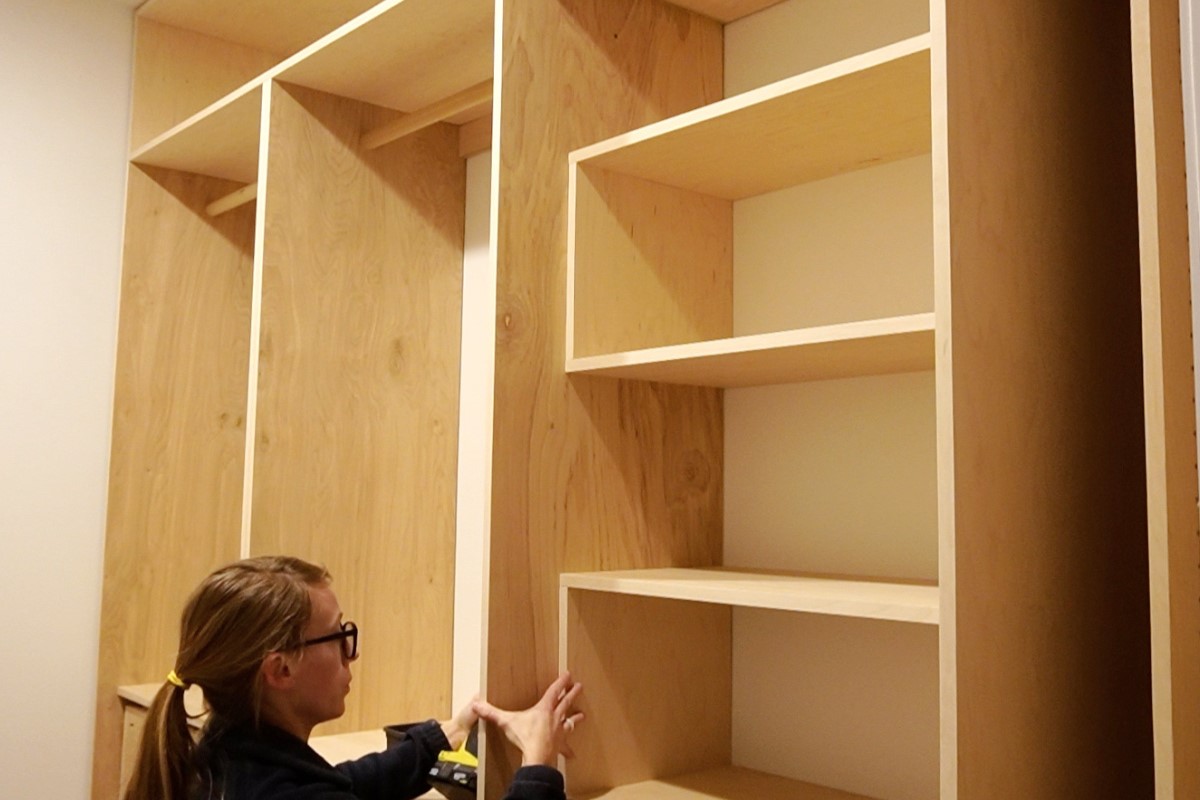
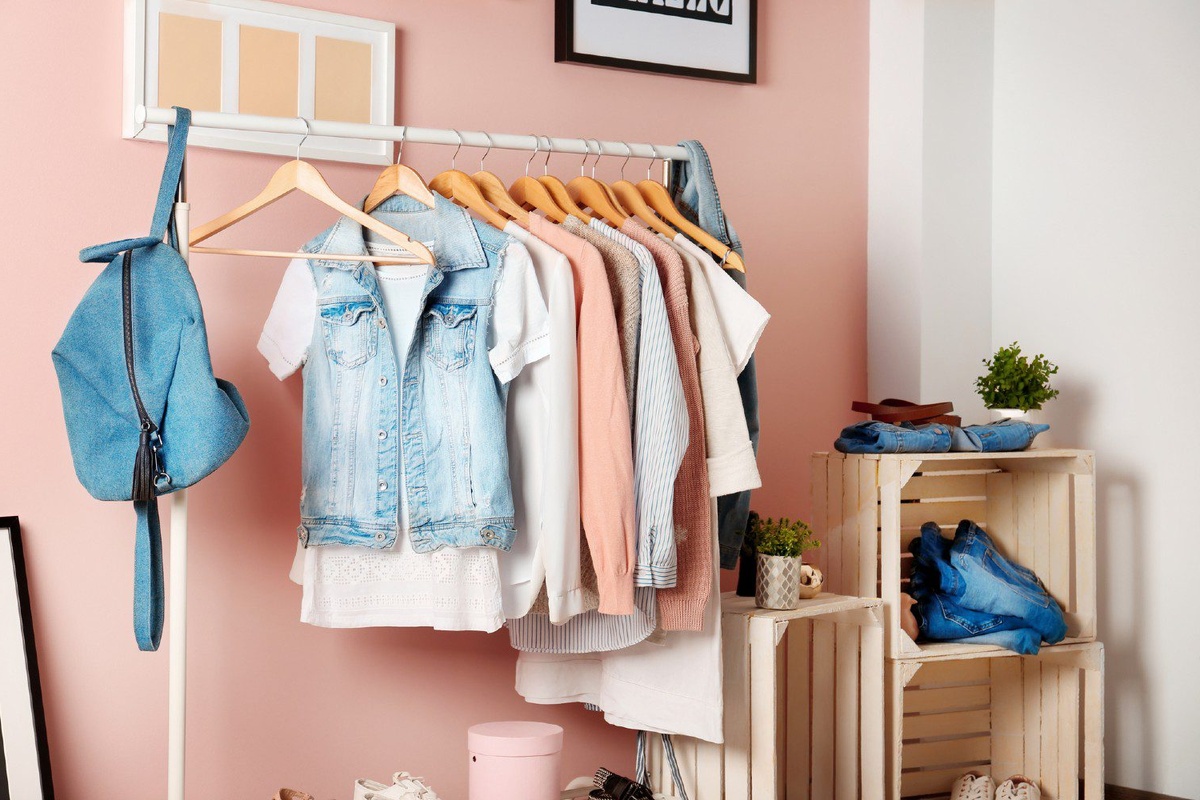
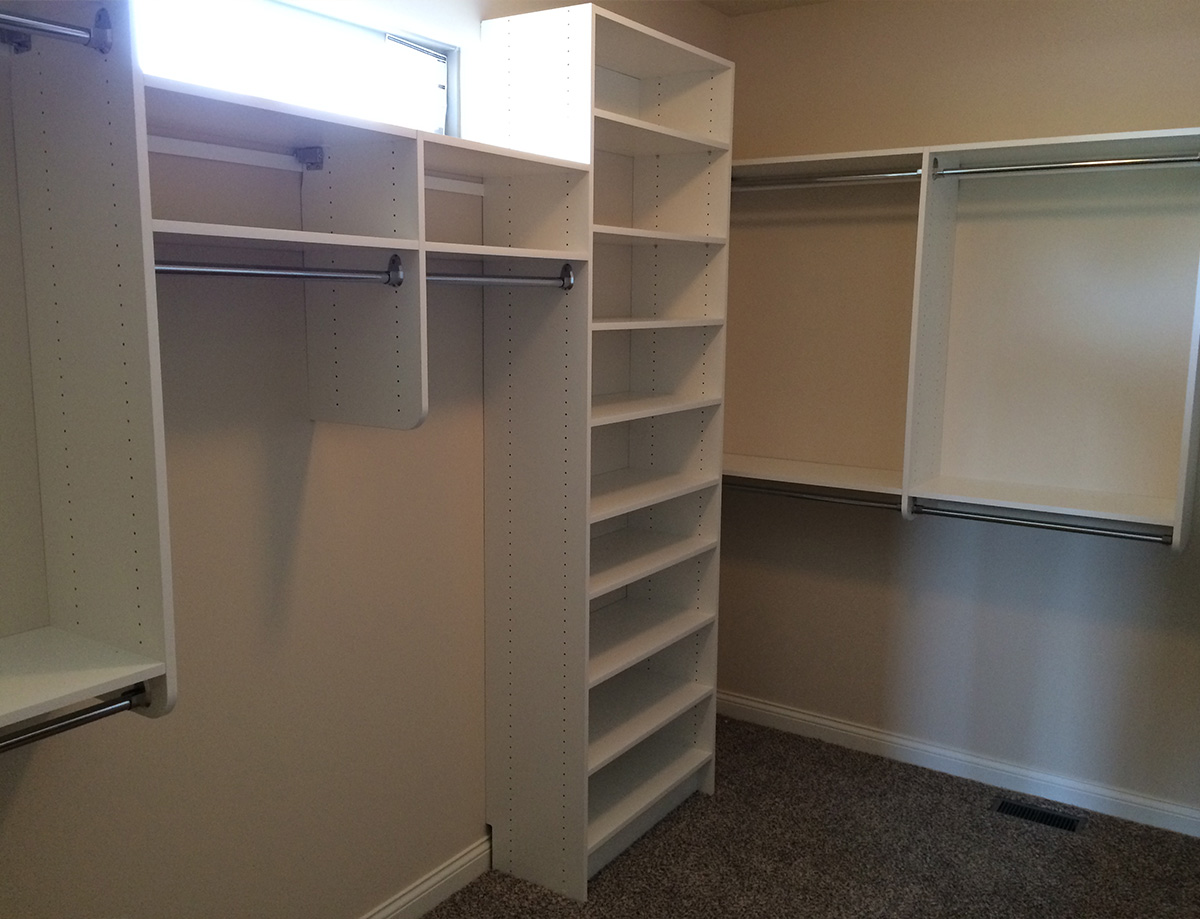
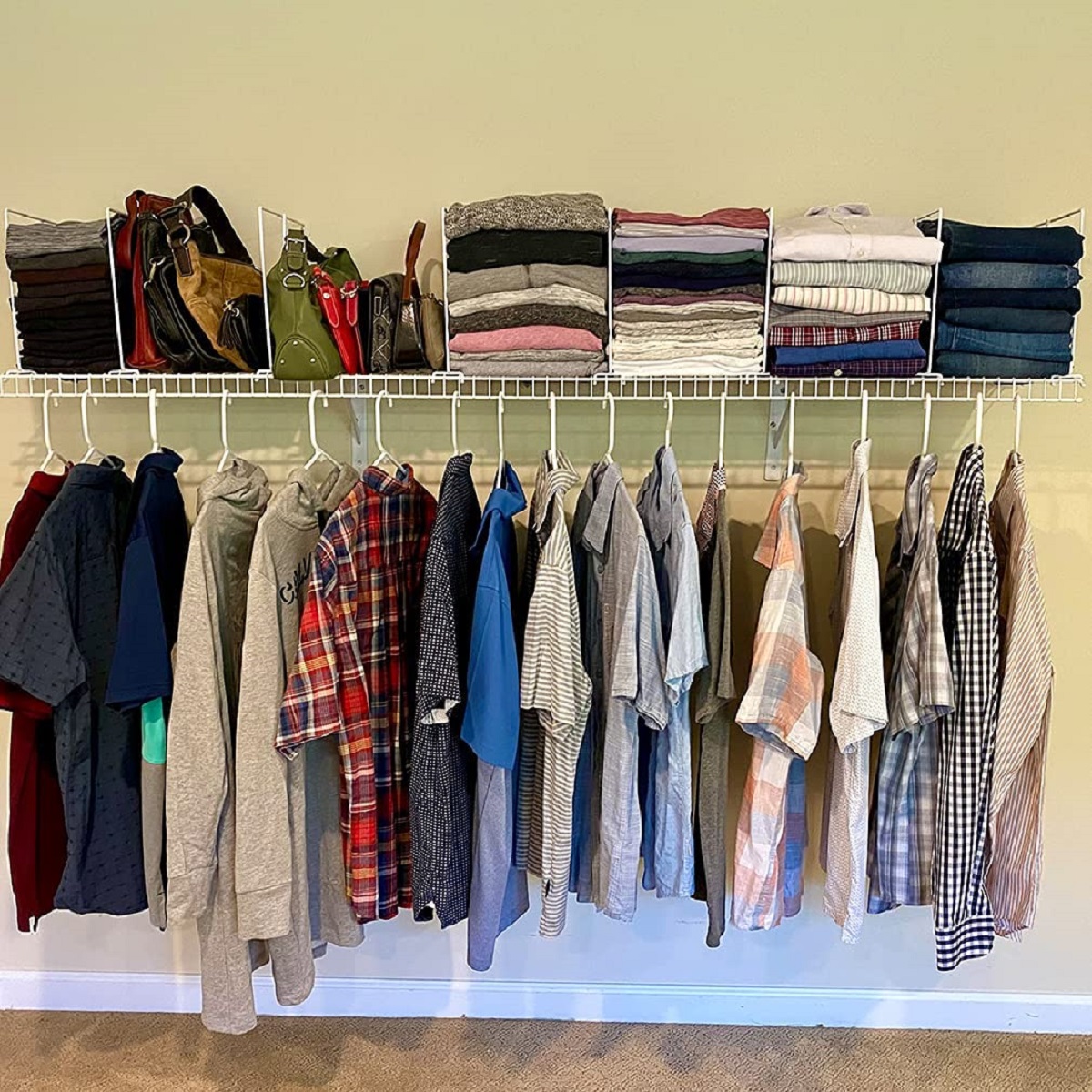
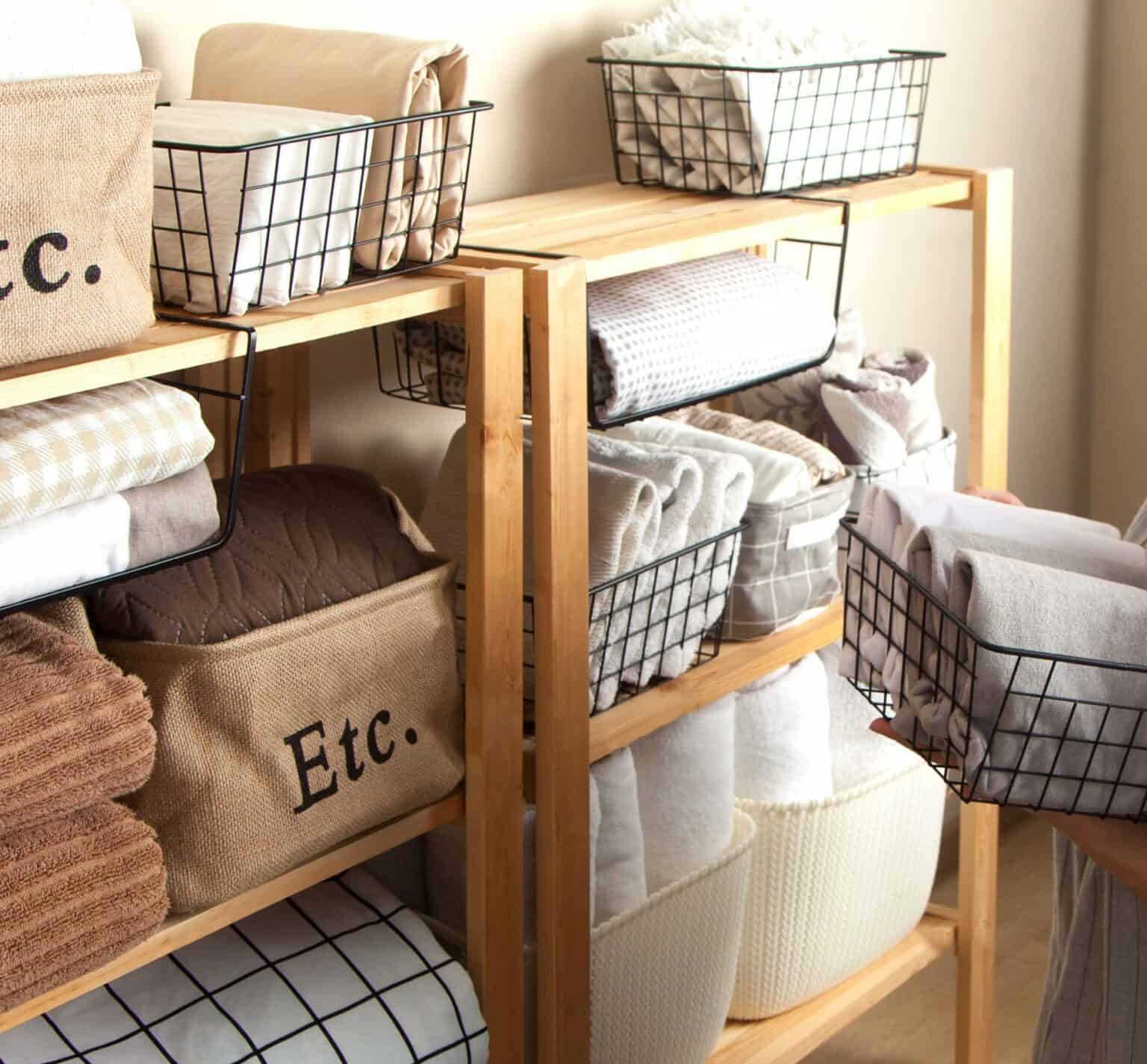

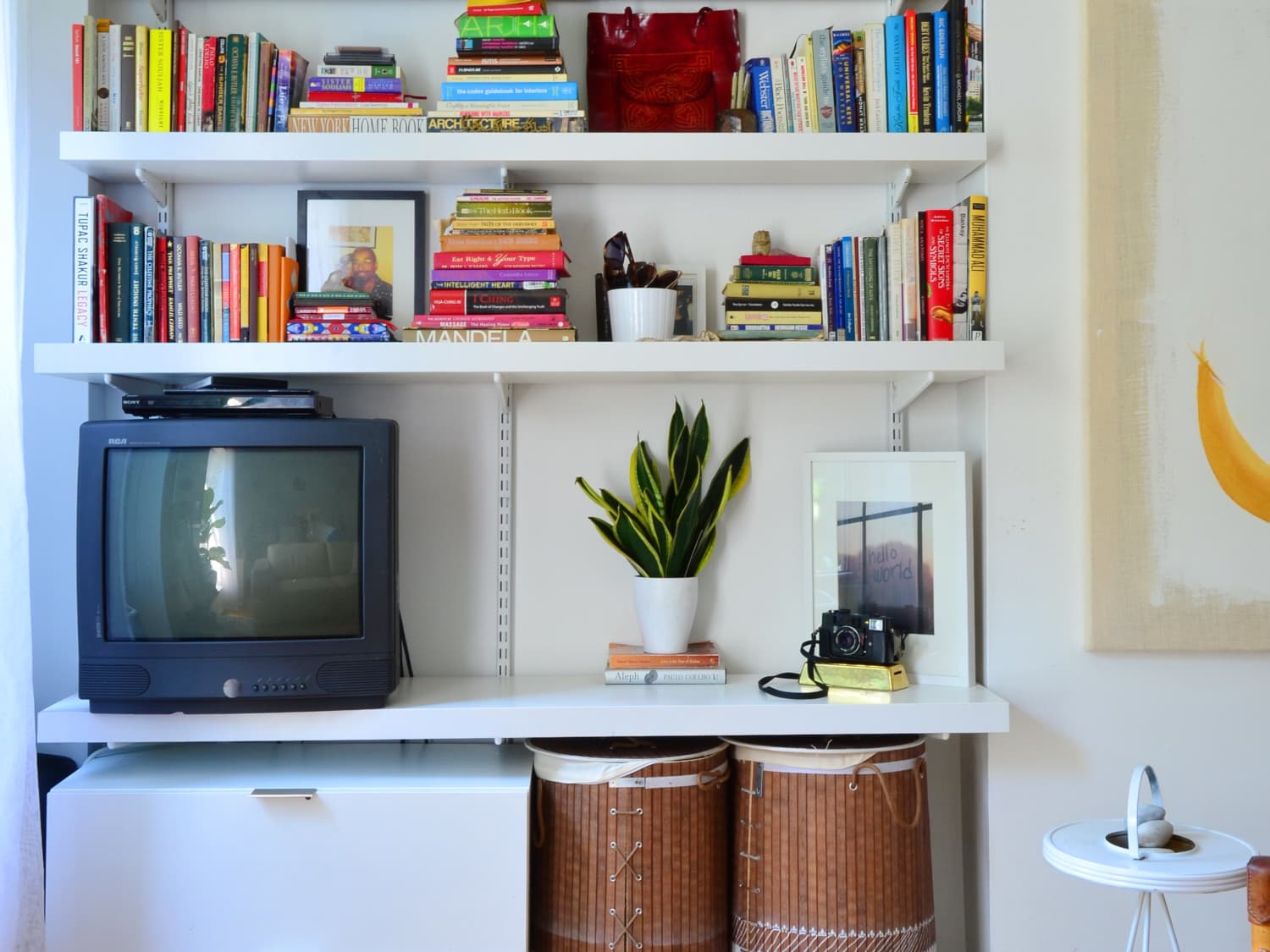
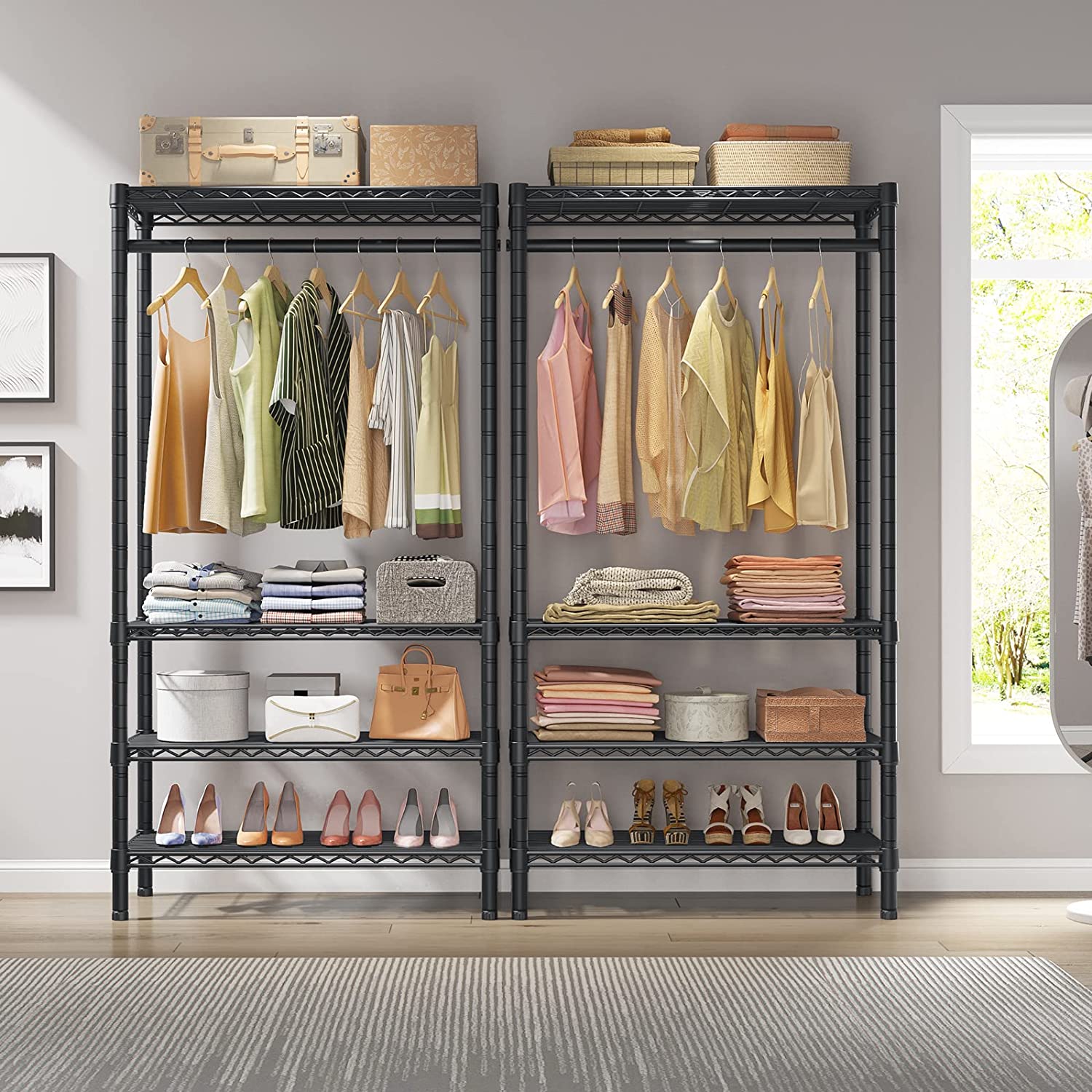
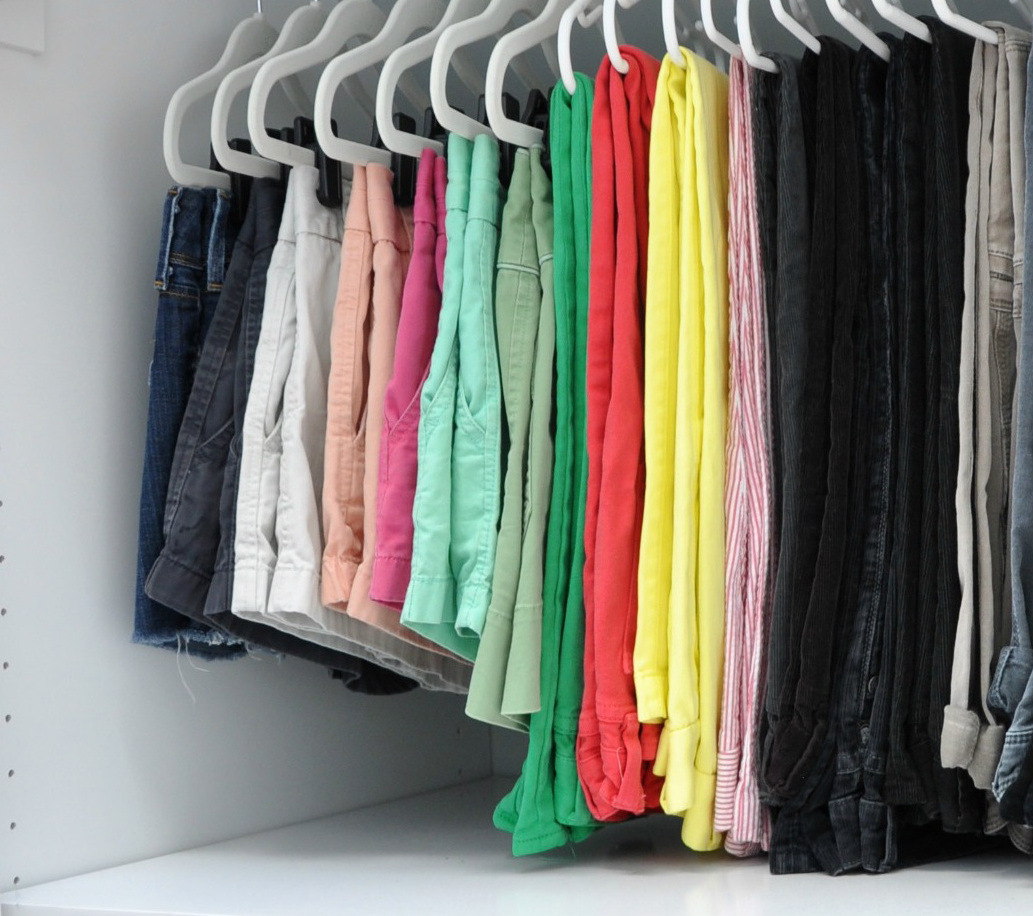

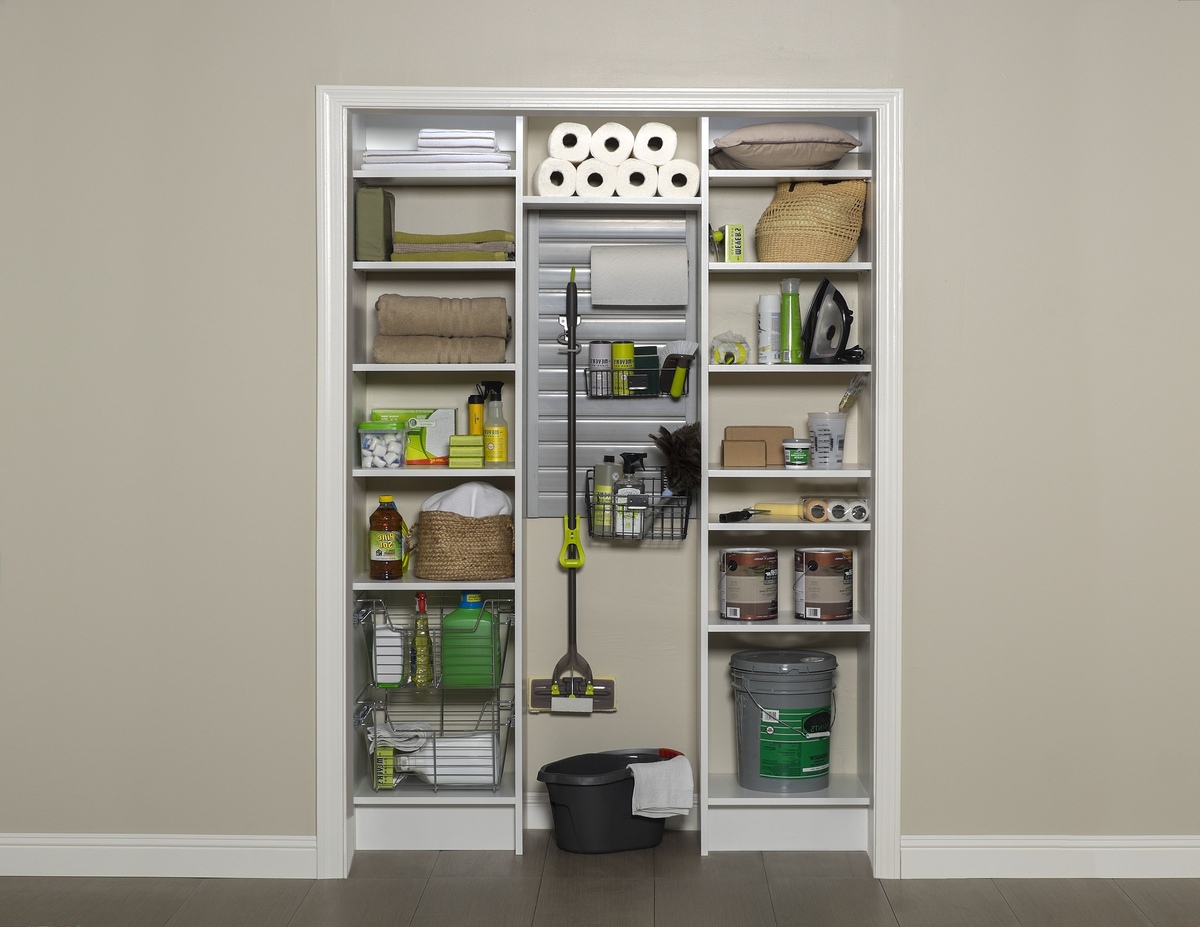
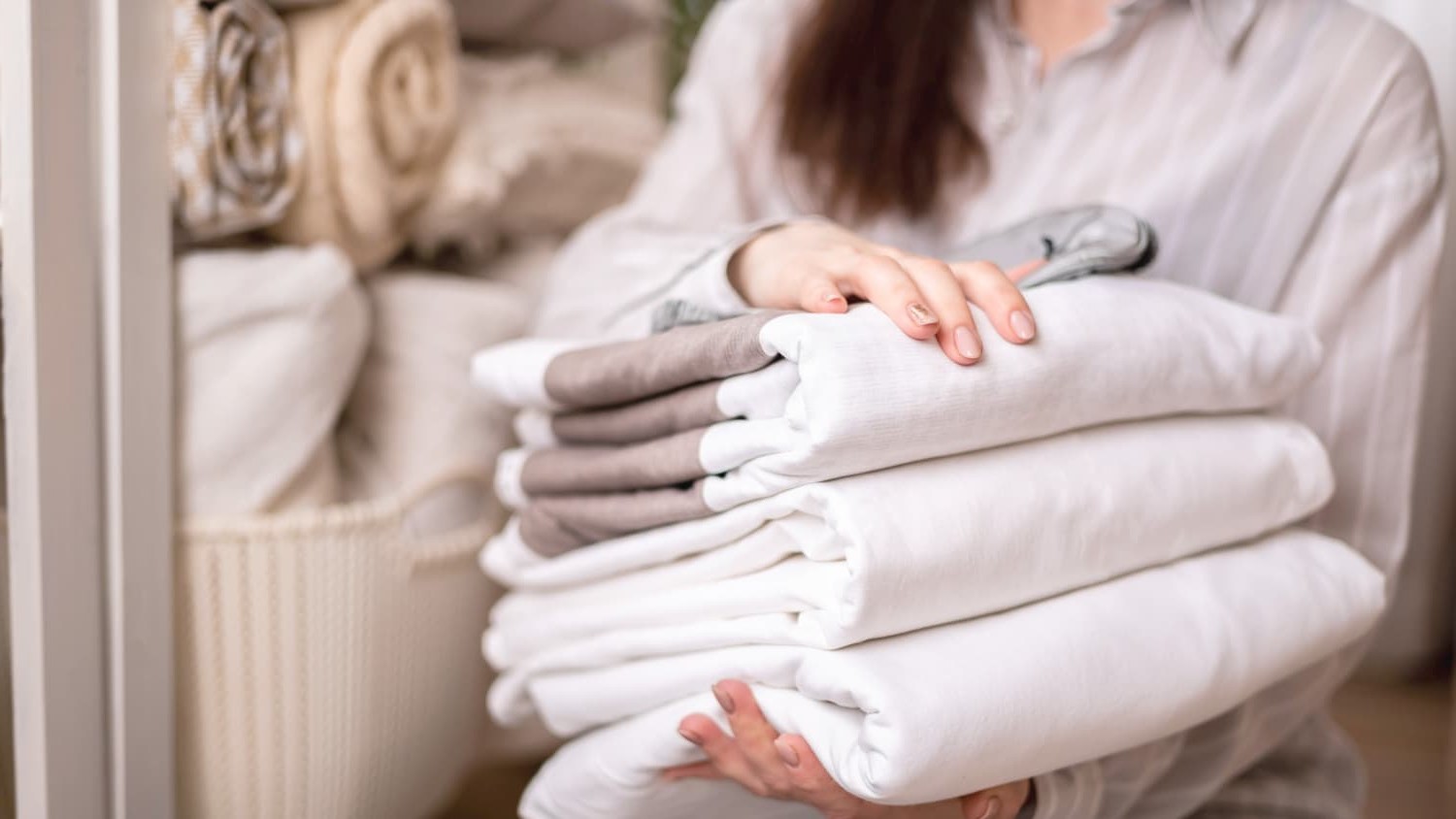
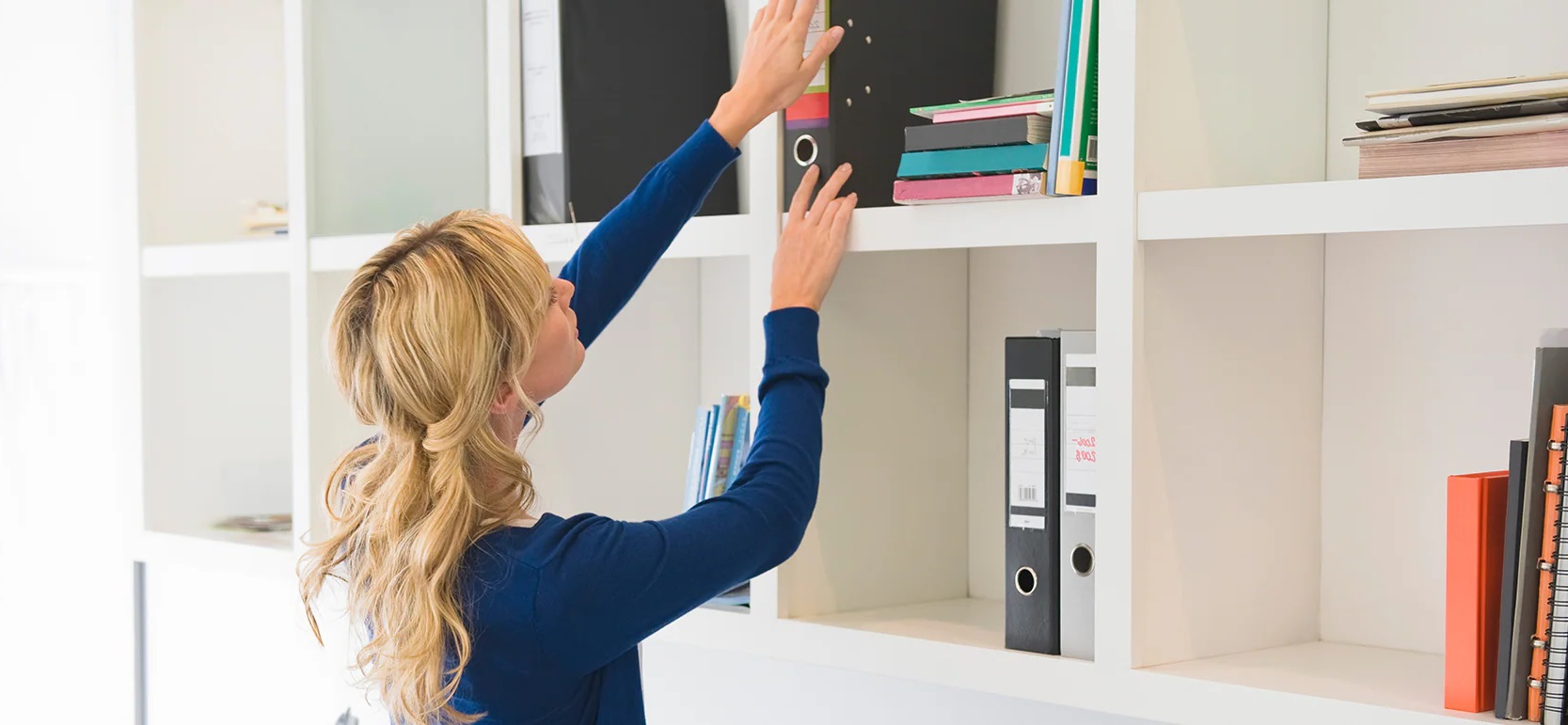

0 thoughts on “How To Organize Closet Without Shelves”